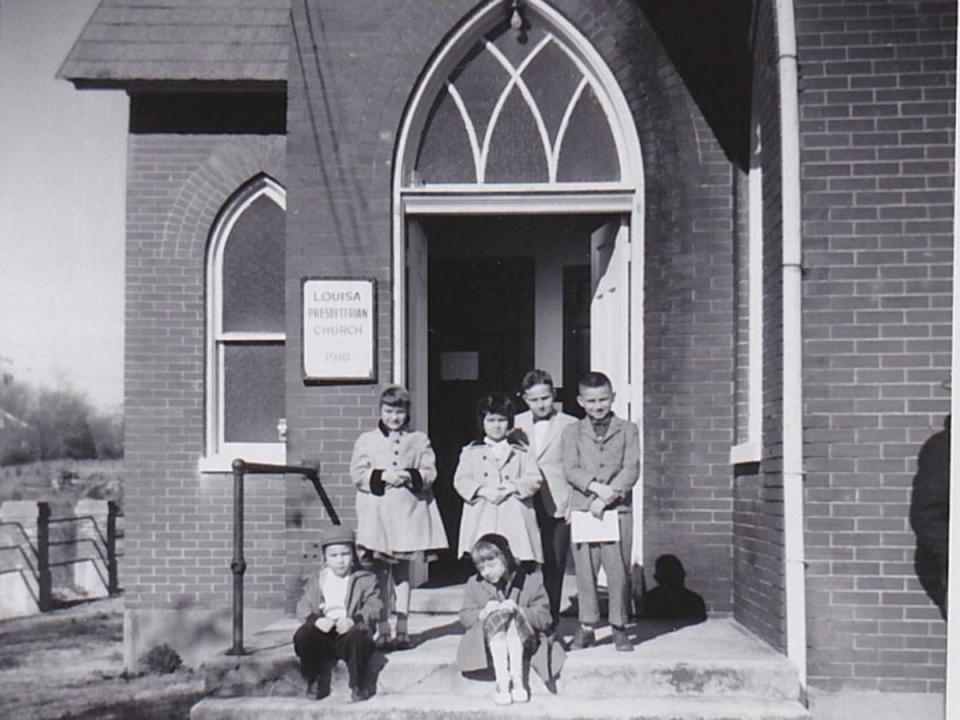History, Religion in 1950s Louisa County
American religious commitment peaked during the 1950s. In 1957, over 95% of Americans associated with some religious tradition and close to 65% claimed membership in a particular group. On a typical Sunday morning in the period from 1955-58, almost half of all Americans were attending church. Interviewees’ accounts suggest that Louisa County was no exception to these trends. As Louisa County resident Beulah Dymacek plainly stated: “most of our activity was either at or through the Church.” Christian churches served a pivotal role in the lives of most Louisa County residents in the 1950s. As both places of religious instruction and hubs of community interaction, churches were, as one interviewee put it, “the center of every little nook and cranny of Louisa County.”
Interviewees recalled learning moral values at church that shaped their worldviews. Between Sunday School, Summer Bible School, bible studies, prayer meetings, revivals, and regular Sunday services, interviewees were flooded with religious instruction. "[Church] taught me how to treat people. How to see people as they are. That I had an obligation to treat them right,” recalled Reverend Edward Moody. Many interviewees similarly testified to learning the difference between “right and wrong” at Church, as well as memorizing Bible verses they found helpful in their day-to-day lives.
Moreover, interviewees’ spiritual lives often helped them get through difficult times and circumstances. As Beulah Dymacek, who was born at the beginning of the Great Depression, noted: “I was always happy through hardship though because I've always loved the Lord.” Whether interviewees were dealing with the effects of poverty, racism, strained family dynamics, or a number of other difficulties, many cited their faith as the source of their strength and continued joy amidst suffering.
Interviewees also fondly remembered the social aspects of church life. Churches hosted “lawn parties” in the summer, Christmas plays in December, and community potlucks on any given Saturday afternoon. In that way, church life gave a rhythm to people’s weeks, months, and years. Moreover, different churches would occasionally get together to host large social gatherings. "We'd go to other churches and have picnics & ballgames. Plays, celebrations and a lot of activities [happened] at church," recalled Margie Robertson. For this rural community, church activities were a primary source of entertainment and socialization for adults and children alike.
Finally, religious revivals served as a defining feature of life in Louisa County in the 1950s. For an entire week at a time, Louisa County residents communed with other central Virginians to hear sermons, have picnics, watch ordinations, and enjoy games and activities akin to a “field day.” For example, in 1953, Dr. Raymond B. Brown, assistant professor of Bible and religion at the University of Richmond, conducted revival services at Little River Baptist Church in Louisa County. The Richmond-Times Dispatch reported that the revival would feature an “all-day homecoming program” that lasted from July 27th-August 2nd. Revivals generated excitement and exhibited the quintessential blending of religious instruction, entertainment, and socialization that defined church life in Louisa County in the 1950s.

